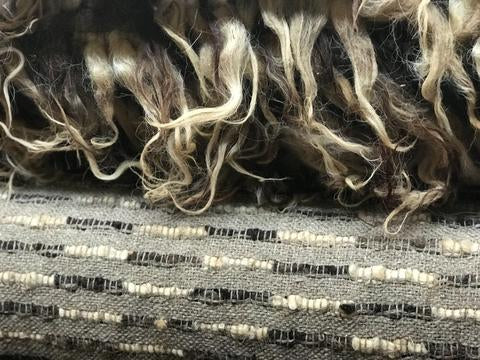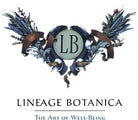
Halishte
My first trip to Eastern Europe was to visit a dear Friend and her family in Bulgaria. I didn’t think twice about where I was headed. Travel for me is second nature, I love adventure and I sorely missed my friends.
After a few days in Sofia, it was suggested I head south into the Rhodope Mountains of Bulgaria to do what I love most: journey into the cultural heartland of an unknown place. Off I went. What happened next is a mix of wild fate and serendipity. Any life plans I had within my view unraveled quickly. It was as if I had entered and passed through a portal. The invitation was there, all I had to do was to accept and this I did wholeheartedly. Sometimes life is like that, everything clicks into place. In short this is when and where I decided that LB would include heritage/lineage textiles alongside its apothecary collection. My senses became heightened by the amazing textiles of all sorts that are woven into Bulgarian culture, including the bed cover at my guesthouse. Determined to find out more, I hired a guide and translator and off we went to explore the countryside, its people, along with their rural, beautiful artisan traditions. We found a rich and vibrant culture thriving in between the cracks of modernization.




The bedcover at the guesthouse turned out to be an adaptation of a traditional Halishte rug. The local weaver had made these for the owner 20 years prior. This became an important lead as he is now the weaver working for us. Halishte is a rug, or coat or very warm blanket depending on the time of year and where you used it.

They are made from the wool of the Karakachan sheep. The Karakachans, Balkan nomadic people who were livestock breeders, are thought to be descendants of the ancient Thracian livestock-breeding communities located high in the mountains of Bulgaria.
The sheep are named after these ancient Greek nomadic shepherds. Due to their conservative stock-breeding traditions and insulated culture, they have preserved some of the oldest domesticated animals, such as the Karakachan dog. This sheep is the link between wild and domesticated animals, since it’s closest genetically to the European muflon (Ovis orientalis musimon), a wild mountain goat. The sheep are extremely sturdy, rare to fall ill, and thus can be kept without the need to administer antibiotics. They thrive in the highest mountains: summer pastures over 8000 feet (2600 meters).


Kept for their high quality milk as well as the wool, the traditional Karakachan breed of sheep was once plentiful in Bulgaria; in the early 20th century their population numbered 500,000. By the late 1950s, when farms were nationalized by the Communist regime, the number had shrunk to 160,000. Today there are approximately just 400.
The sheep are shorn once a year and their wool is used to make the Halishte. Shepherds tie the long talons of Karakachan wool to a woven base cloth, made on Ivan’s looms. Thus a warm, thick blanket or rug is created. Color-wise, Halishte are dark hues that gradate to almost white; as the sheep age their wool lightens. We are able to weave large rolls of Halishte which allows for the opportunity to make a variety of sizes. The more rugs made the better the chances of a revival for the Karakachan sheep. They are small, unassuming docile creatures that provide a livelihood to a disappearing way of life.


Not only are the Halishte rugs beautiful, they are an integral part of the local mythology, culture and way of life. Our efforts to be effective in adapting relevant design with traditional craft fully supports our mission. By bridging the two we can achieve a window of opportunity toward cultural conservation. We provide a glimmer of hope by partnering with local artisans: we ensure that their Heritage craft will generate a source of income. Enhancing the local economy through the revival of artisan work offers future generations a reason to stay. Currently there are mass migrations of youth being recruited by the West. In our experience the desire to stay close is being outweighed by not enough work in small village communities. We all need a reason to come home.
Ivan and his father have been weaving in the village of Smolyan for 6 decades. Their workshop is full of antiquated semi-automatic looms, a result of the mechanization by the Communist regime to replace hand labor. They weave the Halishte along with other traditional and contemporary textiles, carving out a living - with one foot steeped in the traditions of their heritage, the other in the present. We work together to develop a market for the rugs. Adapting to current trends and understanding as well as educating today’s consumer is essential for our success.



There are NGO efforts to restore the sheep, one exists in partnership with the Slow Food Movement, and the Bulgarian government’s agency for biodiversity.



Leave a comment